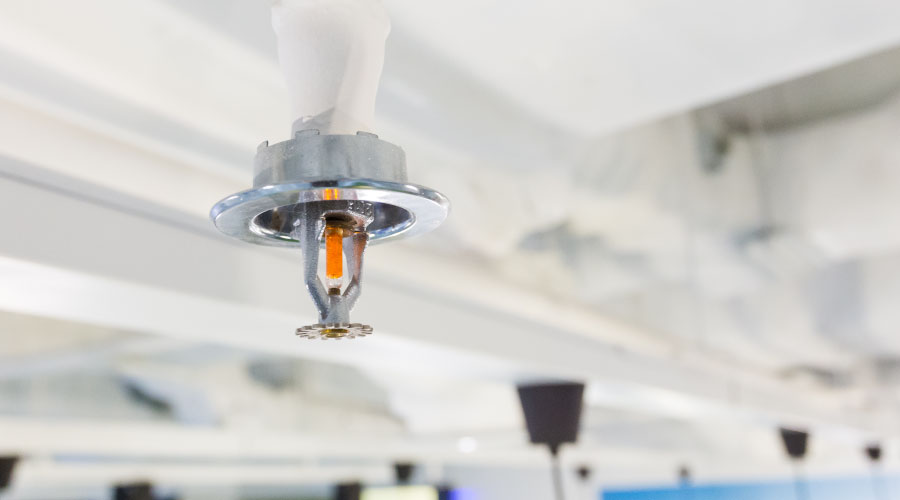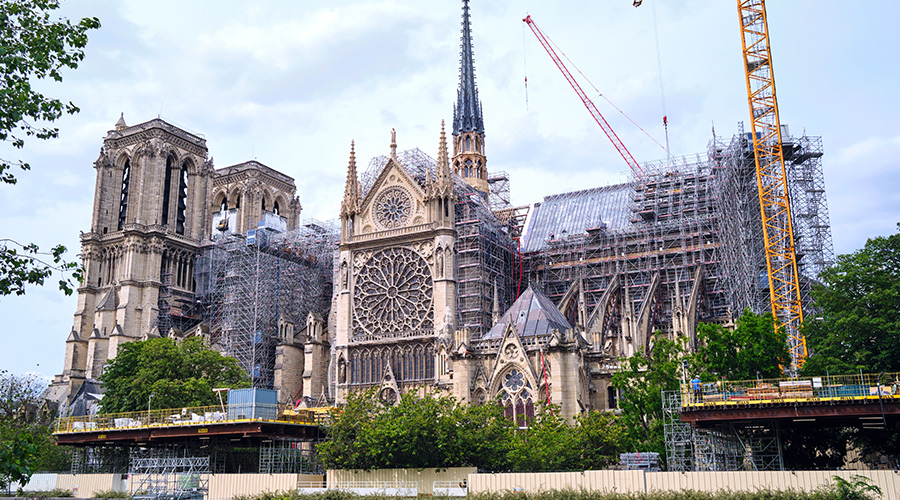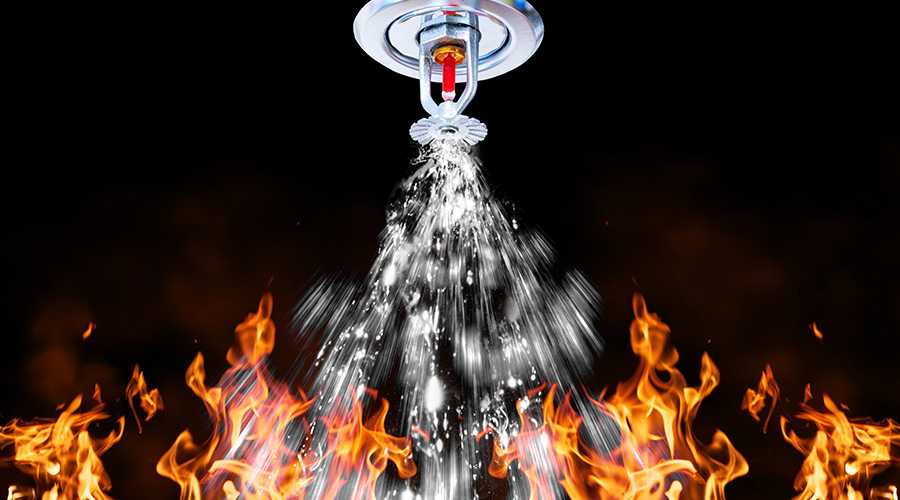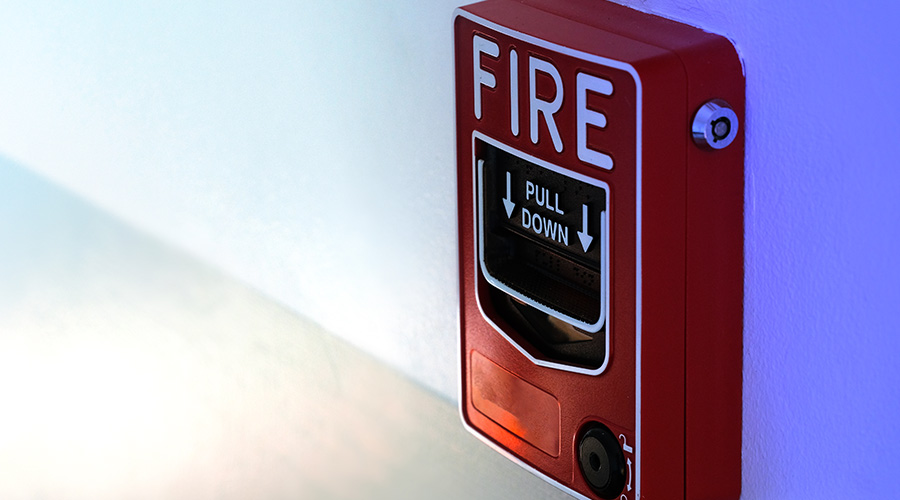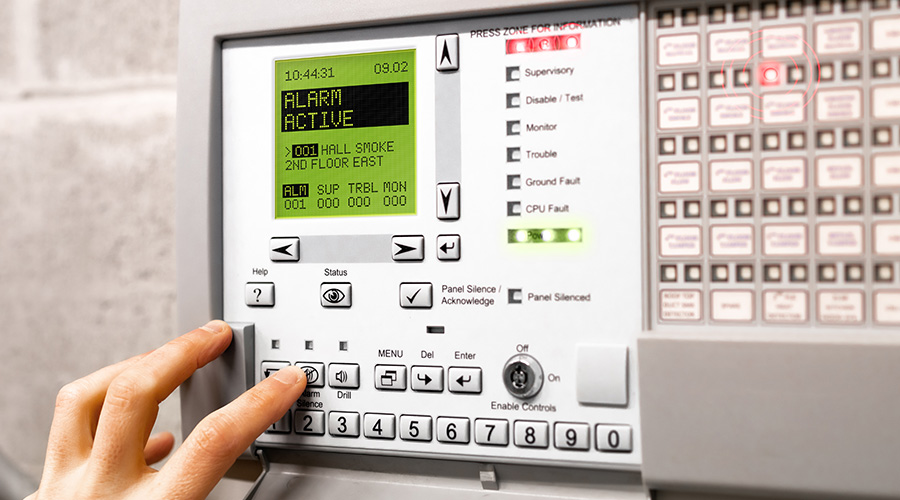Unlocking NFPA, IBC, and IFC Codes
Explore the critical role of NFPA, IBC, and IFC codes and standards in safeguarding public safety and property, providing insights into their revisions and applications.
The National Fire Protection Association (NFPA), the International Building Code (IBC) and International Fire Code (IFC) collectively have established hundreds of codes and standards. The latter two are part of the International Code Council. The NFPA revises and updates its codes and standards every three to five years in revision cycles that begin twice each year, while IBC and IFC revisions occur every three years, according to their respective websites.
For more on NFPA, IBC and IFC codes and standards, see the following:
NFPA 4: Standard for Integrated Fire Protection and Life Safety System Testing.
Outlines test scenarios to confirm the operation, interaction and coordination of multiple individual systems perform their intended function
NFPA 13: Standard for the Installation of Fire Sprinklers.
Industry benchmark for design and installation of automatic fire sprinkler systems. Addresses sprinkler system design approaches, system installation, and component options to prevent fire deaths and property loss
NFPA 20: Standard for the Installation of Stationary Pumps for Fire Protection.
Protects life and property by providing requirements for the selection and installation of pumps to ensure systems work as intended to deliver adequate and reliable water supplies in a fire emergency.
NFPA 25: Standard for the Inspection, Testing, and Maintenance of Water-Based Fire Protection Systems.
The baseline for inspection, testing, and maintenance of water-based fire protection systems. Compliance helps maximize system integrity to avoid failure and ensure fast, effective response in a fire emergency.
NFPA 72: National Fire Alarm and Signaling Code.
Provides the latest safety provisions to meet society's changing fire detection, signaling, and emergency communications demands. In addition to the core focus on fire alarm systems, the code includes requirements for mass notification systems used for weather emergencies, terrorist events. biological, chemical, and nuclear emergencies and other threats.
NFPA 92: Standard for Smoke Control Systems.
Protects life and reduces property loss by establishing requirements for the design, installation, and testing of smoke control systems used to mitigate the impact of smoke from fire.
NFPA 99: Health Care Facilities Code.
Establishes criteria for levels of health care services or systems based on risk to the patients, staff and visitors in health care facilities to minimize the hazards of fire, explosion, and electricity.
NFPA 110: Standard for Emergency and Standby Power Systems.
Covers performance requirements for emergency and standby power systems providing an alternate source of electrical power in buildings and facilities if the normal electrical power source fails. Systems include power sources, transfer equipment, controls, supervisory equipment, and accessory equipment needed to supply electrical power to the selected circuits.
Source: National Fire Prevention Association website (www.nfpa.org)
International Building Code.
The foundation of the complete family of international codes is an essential tool to preserve public health and safety that provides safeguards from hazards associated with the built environment. It addresses design and installation of innovative materials that meet or exceed public health and safety goals.
International Fire Code.
Contains regulations to safeguard life and property from fires and explosion hazards. Topics include general precautions, emergency planning and preparedness, fire department access and water supplies, automatic sprinkler systems, fire alarm systems, special hazards, and the storage and use of hazardous materials.
Source: International Code Council website (www.iccsafe.org)
Related Topics:








